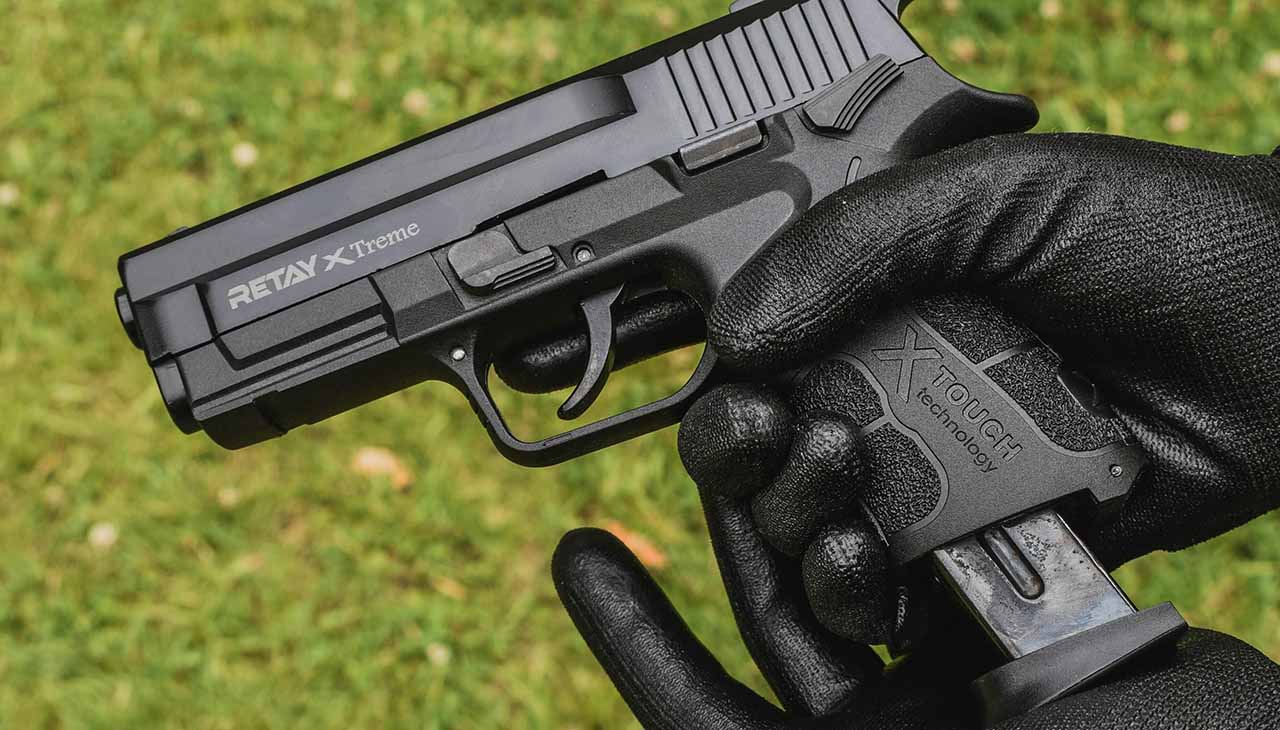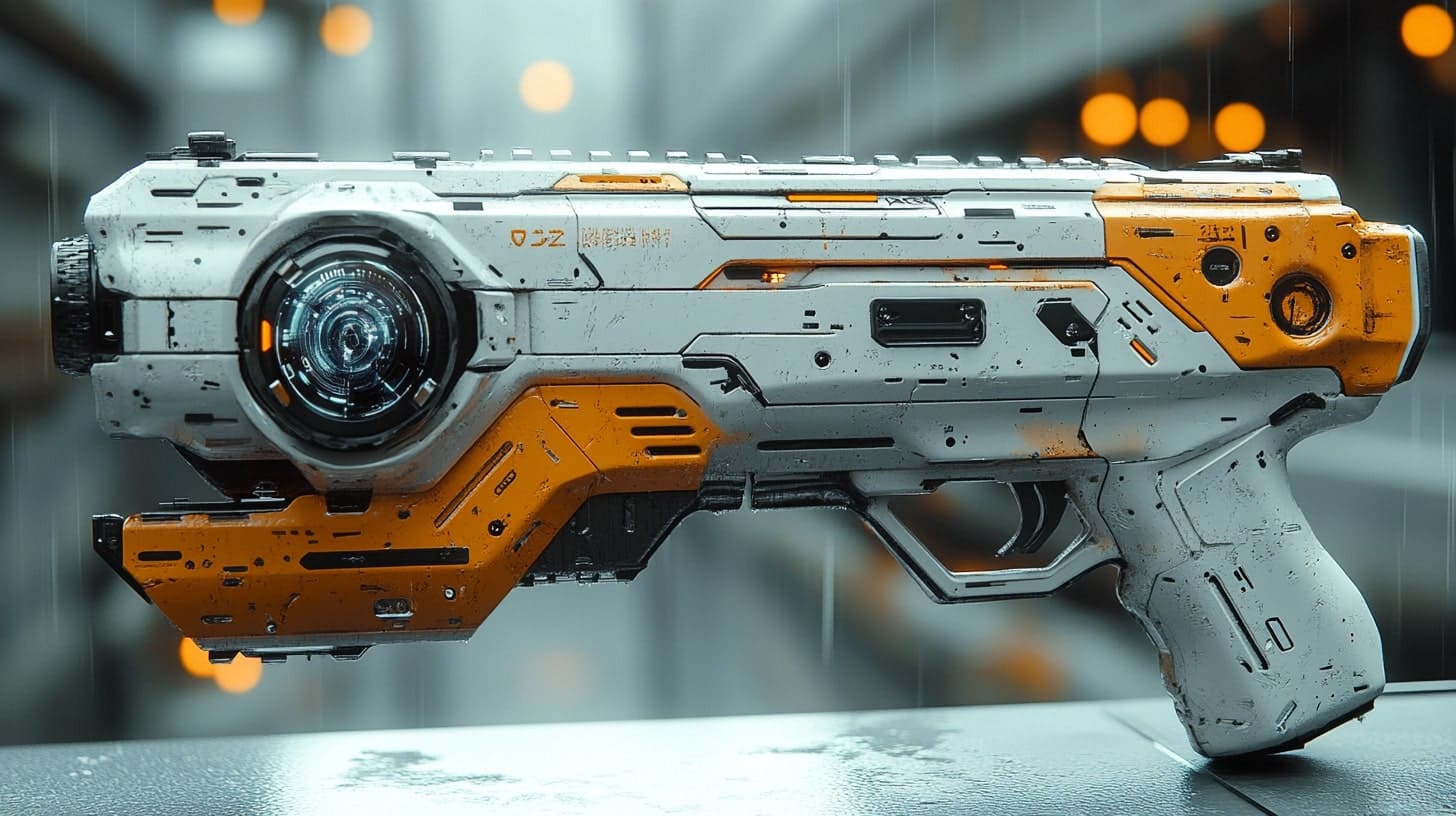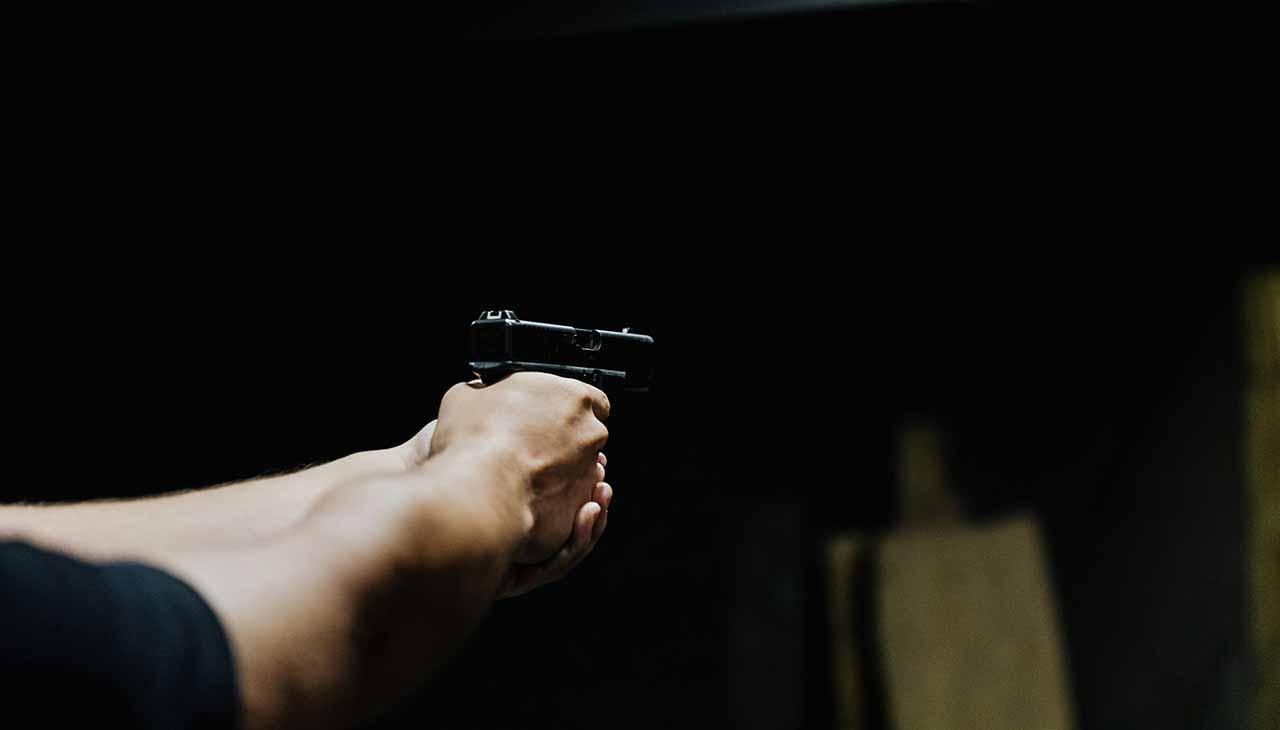Introduction to the Fascinating World of Antique Firearms
Antique firearms are more than just tools of the past; they are windows into the history and craftsmanship of bygone eras. For firearm enthusiasts, history buffs, and collectors alike, preserving these relics is both a passion and a responsibility. This blog post will guide you through the essential steps to properly care for and preserve antique firearms, ensuring that these historical treasures are maintained for future generations.
In this comprehensive guide, you will learn why proper care and maintenance are crucial, how to effectively clean and store your firearms, and gain insights into the historical significance of different firearms. By the end of this article, you’ll be equipped with practical tips for safely displaying and handling antique firearms, as well as valuable advice on collecting and investing in these timeless artifacts.
The Importance of Proper Care and Maintenance for Preservation
Preserving antique firearms is not just about maintaining their physical appearance; it’s about safeguarding history. Each firearm tells a unique story, and proper care ensures that these stories aren’t lost to time. Neglecting maintenance can lead to irreversible damage, reducing both the aesthetic and monetary value of your collection.
Regular care prevents rust, corrosion, and mechanical failures. Proper maintenance also keeps the firearms safe for handling and display. By taking the time to care for your antique firearms, you are honoring the craftsmanship and history they represent.
In addition to preserving their historical value, well-maintained firearms are more appealing to potential buyers and collectors. Whether you plan to keep your collection forever or eventually sell it, proper care is a wise investment.
Step-by-Step Guide to Cleaning and Storing Antique Firearms
Cleaning Your Antique Firearms
Cleaning antique firearms requires a gentle touch and the right materials. Begin by gathering soft brushes, lint-free cloths, and a mild cleaning solution. Avoid harsh chemicals, as they can strip away the firearm’s patina—a key element of its historical value.
First, disassemble the firearm carefully, taking note of each part. Use a soft brush to remove dust and debris from the surface. Apply the cleaning solution sparingly, using a cloth to gently wipe each part. Be meticulous but gentle to avoid damaging delicate components.
Once cleaned, dry each part thoroughly to prevent moisture from causing rust. Reassemble the firearm slowly, ensuring each piece fits together seamlessly. Regular cleaning not only preserves the firearm but also allows you to inspect it for any signs of wear or damage.
Storing Your Antique Firearms
Proper storage is just as crucial as cleaning. Store your firearms in a cool, dry place to prevent rust and corrosion. Humidity is a firearm’s worst enemy, so consider using a dehumidifier in your storage area.
Use gun socks or soft cases to protect your firearms from dust and scratches. Always store them unloaded and separate from ammunition to enhance safety. Remember, proper storage practices extend the life of your collection and maintain its value.
Long-Term Preservation Tips
For long-term preservation, consider using a rust inhibitor on metal parts and applying a light coat of oil to protect the finish. Regularly check your firearms for any signs of rust or deterioration. If you notice any issues, address them immediately to prevent further damage.
Insight into the Historical Significance of Different Firearms
Antique firearms come in various forms, each with its own historical significance. From flintlock pistols to Civil War-era rifles, these weapons reflect the technological advancements and cultural shifts of their times.
Flintlock Firearms
Flintlock firearms, popular from the 17th to early 19th centuries, revolutionized warfare and personal defense. They were the first to use a flint striking mechanism to ignite gunpowder, making them more reliable than earlier matchlock designs.
These firearms played a crucial role in historical events such as the American Revolution and the Napoleonic Wars. Owning a flintlock pistol or musket is like holding a piece of history in your hands.
Percussion Cap Firearms
Percussion cap firearms emerged in the early 19th century, offering increased reliability and ease of use compared to flintlocks. The introduction of the percussion cap eliminated the need for a flint and steel mechanism, making these firearms faster and more dependable.
They were widely used during the Civil War, shaping the outcome of many battles. Collecting percussion cap firearms provides a tangible connection to this tumultuous period in American history.
Early Cartridge Firearms
The late 19th century saw the advent of early cartridge firearms, which significantly improved loading speed and overall efficiency. These firearms used self-contained cartridges, combining the bullet, powder, and primer in one unit.
Early cartridge firearms played a vital role in the expansion of the American West and were favored by both lawmen and outlaws. Owning one of these pieces offers a glimpse into the era of pioneers and frontier justice.
Tips for Safely Displaying and Handling Antique Firearms
Displaying antique firearms can enhance your collection’s appeal, but it requires careful consideration to ensure safety and preservation.
Secure Display Cases
Invest in high-quality display cases with UV-resistant glass to protect your firearms from harmful sunlight. Look for cases with secure locks to prevent unauthorized access. Display cases should be sturdy and well-ventilated to maintain a stable environment.
Use custom mounts or stands to support each firearm securely within the case. Avoid crowding multiple firearms into one case, as this can cause scratches and damage over time.
Safe Handling Practices
When handling antique firearms, always wear clean gloves to prevent oils and dirt from transferring to the metal and wood. Handle each firearm gently, avoiding excessive force that could damage delicate components.
Always treat every firearm as if it were loaded, even if you know it isn’t. This mindset ensures you handle each piece with the caution and respect it deserves. Educate anyone who may come into contact with your collection about proper handling procedures.
Regular Inspections
Conduct regular inspections of your displayed firearms to check for signs of wear or environmental damage. Ensure that your display cases are maintaining the correct temperature and humidity levels. Address any issues promptly to prevent long-term damage.
Collecting and Investing in Antique Firearms: What to Know
Research and Authentication
Before adding a new piece to your collection, conduct thorough research to verify its authenticity and historical significance. Look for reputable dealers and auction houses that specialize in antique firearms.
Authentication is crucial, as counterfeit pieces can significantly reduce the value of your collection. Consider consulting with experts or joining collector organizations to gain access to valuable resources and knowledge.
Understanding Market Trends
The antique firearm market can be unpredictable, with values fluctuating based on factors such as rarity, condition, and historical significance. Stay informed about market trends by reading industry publications and attending trade shows.
Networking with other collectors and dealers can provide insights into emerging trends and valuable investment opportunities. Keep an eye out for pieces that may increase in value over time.
Legal Considerations
Owning and collecting antique firearms comes with legal responsibilities. Familiarize yourself with local and federal regulations regarding the possession and transfer of antique firearms. Ensure that your collection complies with all applicable laws to avoid legal complications.
In some cases, you may need to obtain special permits or licenses to own certain types of antique firearms. Staying informed about legal requirements protects both you and your collection.
Conclusion: The Responsibility and Joy of Preserving Our Firearm Heritage
Preserving antique firearms is a rewarding endeavor that combines a passion for history with a dedication to craftsmanship. By following the guidelines outlined in this blog post, you can ensure that your collection remains in excellent condition for future generations to appreciate.
Remember, each firearm tells a story, and it’s our responsibility to preserve these stories for the future. Whether you’re a seasoned collector or just starting, the joy of discovering and caring for these historical treasures is unmatched.
If you’re ready to take the next step in preserving your collection, consider consulting with experts or joining collector organizations. Together, we can ensure that the rich heritage of antique firearms continues to inspire and educate for years to come.



